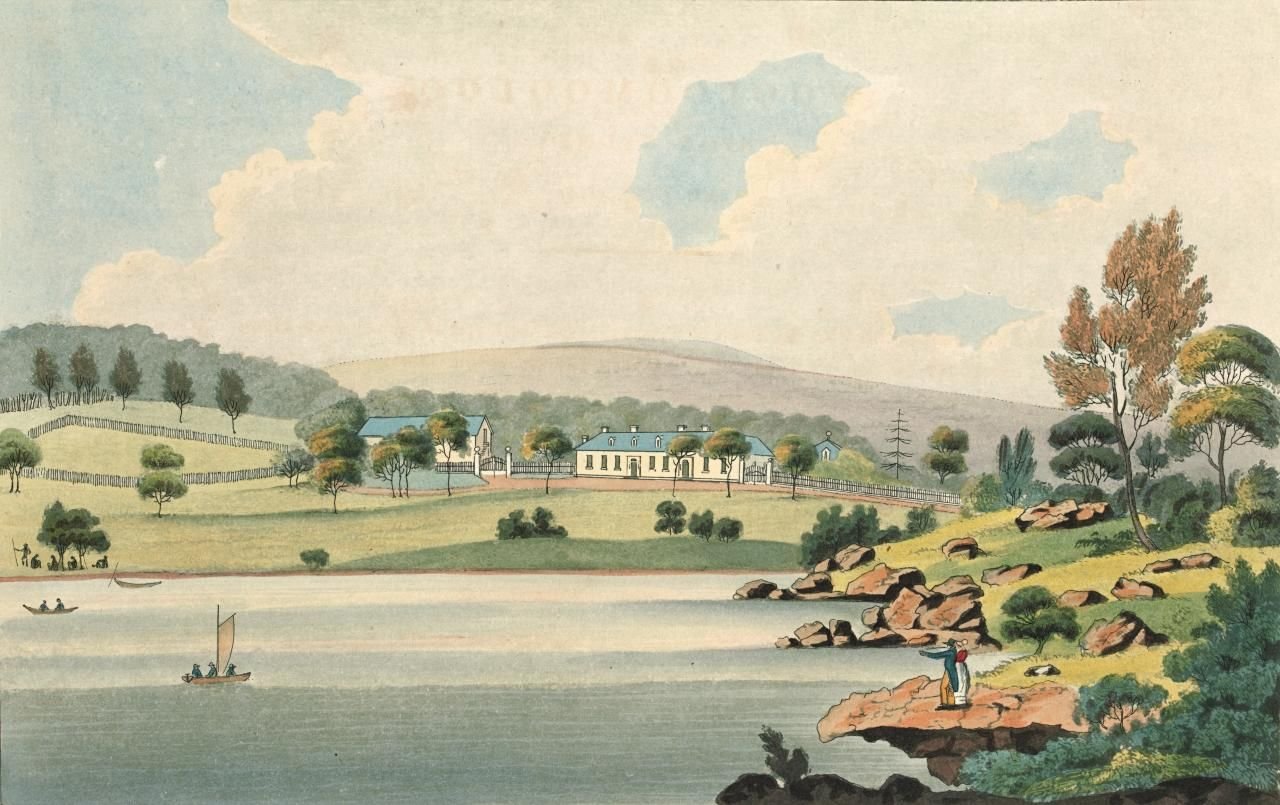One of the greatest perks of watercolour? Every “mistake” can be passed off as an artistic decision. Smudge? Intentional atmospheric effect. Drip? A touch of spontaneity. The freedom to turn mishaps into masterpieces is a liberating experience. Next time someone asks about that odd blotch, just smile and say, “Oh, you wouldn’t get it.”
Read MoreIncorporate a variety of shades and tones to add depth and interest. Using darker shades can create balance and tone down the intensity of the base colour.
Use texture and patterns to enhance the visual appeal of your monochromatic compositions.
Monochromatic schemes work beautifully for creating mood and atmosphere, allowing you to focus on the emotional resonance of your artwork.
Read MoreCan You Learn Watercolour Painting Online?
The short answer is a resounding yes. Online watercolour classes have opened doors to learning that were once closed due to geographical and time constraints. These classes bring the art studio to you, allowing you to immerse yourself in learning watercolour painting from anywhere in the world.
Read MoreIn the enchanting world of watercolour painting, we artists often play a delightful game of spotlight with our subjects. Some objects in our paintings are the stars of the show, boldly stepping into the foreground, basking in the spotlight, and captivating the viewer's gaze with their vivid charm. They're the showstoppers, the ones that catch your eye and refuse to let go.
Meanwhile, other elements in our artwork prefer a more subtle role, gracefully receding into the background. They're like the whispers behind the main melody, softer, a tad fuzzy, and less vibrant.
Read MoreDespite the fact that watercolour is rarely seen in the Archibald Prize, there have been notable occurrences of its inclusion. One such example is Cherry Hood's portrait of acclaimed Australian pianist Simon Tedeschi which was awarded the 2002 Archibald Prize. This painting of the young virtuoso showcases Hood's mastery of the watercolour medium. From the lifelike piercing blue eyes to the intentional drip marks, Hood manages to capture a tender side of the subject not often seen in traditional portraiture. Standing at 3.2 metres tall and 1.9 metres wide, this painting is a testament to the power of the watercolour medium on a large-scale.
Read MoreThe idea of the solitary artist, working away on a project in solitude, has long been romanticised. It's true that much of the artistic process does require time alone to experiment and explore ideas. However, it is also true that art does not have to be a completely lonely pursuit. Working with other artists or even collaborating on projects can help to enrich the creative process and gain insight into how others approach their work.
Read MoreCreative activities can be deeply therapeutic. Creative arts such as painting, drawing, music, dance, and drama can provide a much-needed opportunity for reflection, relaxation, and self-expression. Being creative can help to reduce anxiety, improve mood, and increase self-confidence. It can be used as a form of personal therapy to explore feelings, work through difficult situations, or develop an understanding of the emotions that we experience.
Read MoreThese artists were drawn to watercolour as it allowed them to capture fleeting moments and the immediacy of the Australian wilderness. Without these early watercolour paintings, we would be deprived of a crucial record of Australia's history. They provide a unique glimpse into a time and place that has long since passed and allow us to appreciate the natural beauty of Australia as it was seen and experienced by the first European settlers.
Read More






